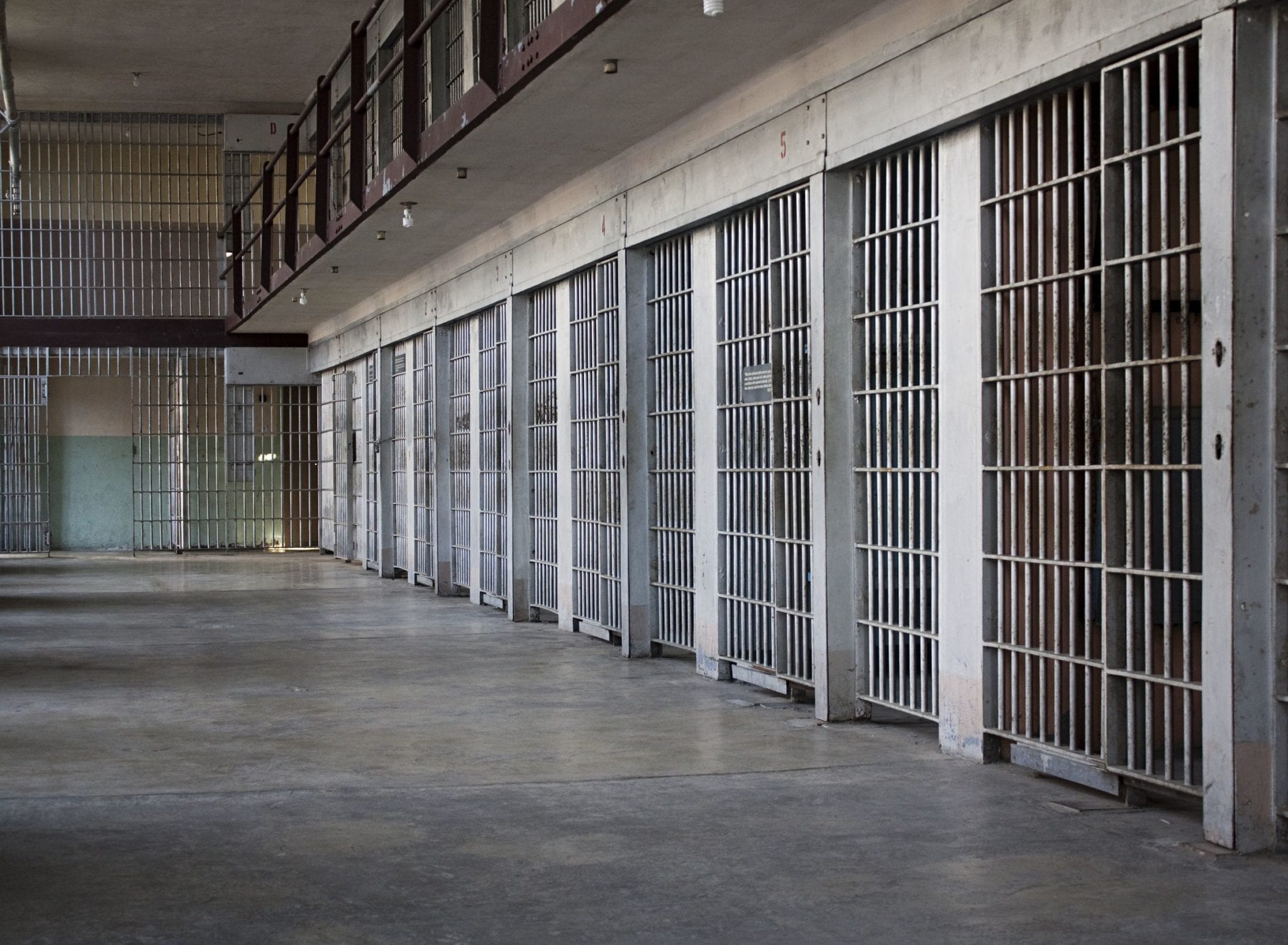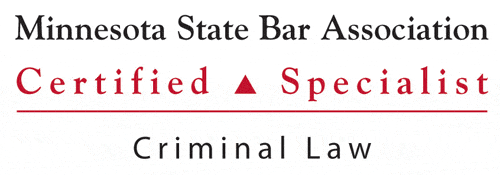
The offices of the Minnesota State Patrol reported 424 DWI arrests over St. Paddy’s Day weekend in 2018, a total that is up 28% from the year before.
These St. Patrick’s Day DWI figures in a state where the number of average annual disorderly conduct arrests hovers around the 860 mark clearly illustrate that Minnesotans like to celebrate, and many view St. Paddy’s day as just another excuse to get rowdy.
If you do end up embodying the Irish a bit more than you’d planned and find yourself on the wrong side of the law for a disorderly conduct charge, don’t just assume you should “take the hit” and move on. A conviction on disorderly conduct charges can result in all kinds of long-term negative consequences.
In this post, we’re going to break down what disorderly conduct is, how it works, and the importance of intent.
What Is “Disorderly Conduct” in Minnesota?
Most states outlaw a laundry list of bad behaviors under the broad umbrellas of disorderly conduct and disturbing or breaching the peace. In Minnesota, disorderly conduct is defined quite broadly as well.
Any activity that can be interpreted as fighting, brawling, or that reasonably arouses anger or alarm could land you a disorderly conduct charge. Depending on how the offended party takes your actions, engaging in behaviors as mild as using bad language and being noisy can result in the same.
If that sounds like an average weekend out for your, you’re probably not alone. You just need to remember that big holiday weekends bring out more officers, and they’re going to be keeping a closer watch to make sure things don’t get out of hand.
Minnesota Disorderly Conduct: Fighting Back
Chances are you’re not Irish – at least not an Irish national – so law enforcement probably won’t be excusing your bar-room brawling as the fine example of the “fighting Irish” you may believe yourself to be in the moment. Blaming the green beer or Irish whiskey for that moment you decided it was a good idea to get into someone’s face to yell obscenities isn’t going to get you out of an arrest, either.
The only clearly defined defense for these behaviors is when they are caused by an epileptic seizure. We’ve seen cases where the defendant claimed insanity, but it’s not typically advised. Fortunately, if you do end up in court, disorderly conduct is less about the act itself and more about intent and context.
The Roles of Intent and Context
In order to secure a conviction, the prosecutor must show that the defendant had reason to know that the act would upset, anger, or disturb others, or provoke a violent reaction.
Context also plays a role in determining whether an act was in fact disorderly (ex: yelling a curse word in church is very different than yelling it in a raucous bar).
Ultimately, the penalty for disorderly conduct-related crimes depends on the actions and your relationship to the person disturbed by your behavior. Because Minnesota statute considers the crime of disorderly conduct a misdemeanor in which “punishment is not otherwise fixed” a conviction could land you in jail for up to three months. You may also be fined a maximum $1,000.

If nothing else, this could mean huge temporary impacts on your life and time.
Knowing the law won’t necessarily keep you from getting charged, but hopefully you be better equipped to navigate the process if it does happen.
About the Author:
Christopher Keyser is a Minneapolis-based criminal and DWI defense attorney known for fighting aggressively for his clients and utilizing innovative tactics to get the most positive results. He has been featured in numerous media outlets due to the breadth and depth of his knowledge, and recognized as a Minnesota Super Lawyers Rising Star (2014–2015), a Top 100 Trial Lawyer (2013–2015), and a Top 40 Under 40 Attorney (2013–2015).





